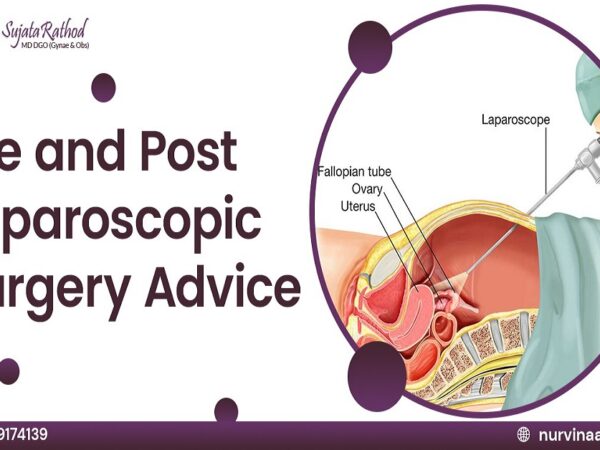Salpingectomy is a surgical procedure to remove one or both fallopian tubes for various reasons. It’s recommended for women diagnosed with ovarian cancer or those diagnosed with infected fallopian tubes or ectopic pregnancy. A woman who has undergone this laparoscopic gynae surgery in Thane can no longer get pregnant. Let’s learn more about Salpingectomy and when it’s needed.
Overview of Salpingectomy
A woman’s reproductive system has two fallopian tubes which facilitate fertilization. The sperm meets the eggs in fallopian tubes and the resulting embryo is implanted into the uterus. So, these tubes act as a pathway for the egg to be transferred to the uterus.
Your gynecologist might remove one fallopian tube or both (bilateral salpingectomy). Women with BRCA gene mutation or those with a history of breast cancer might consider a laparoscopic salpingectomy. Removal of the fallopian tubes mitigates the risk of developing ovarian cancer since most types of aggressive cancers develop through these tubes.
Who Needs Salpingectomy and Why?
A salpingectomy surgery can be performed to avoid pregnancies in women who do not want to conceive. As mentioned above, those at an increased risk for ovarian cancer might also consider getting this surgery. Other than that, here’s when you need to consult a laparoscopic gynae surgeon in Thane for Salpingectomy.
- Uterine, ovarian, or fallopian tube cancer
- Infected or inflamed tubes
- Blocked fallopian tubes
- Ectopic pregnancy (when the embryo grows in the fallopian tubes instead of the uterus)
You can get unilateral or bilateral salpingectomy. Note that a woman can’t conceive naturally if both fallopian tubes are removed, but pregnancy is possible if one of them is intact. Pregnancy is possible through IVF for those who have surgically removed their fallopian tubes.
What Happens in Laparoscopic Salpingectomy?
Laparoscopic salpingectomy is a minimally-invasive surgical procedure to remove one or both of your fallopian tubes. It involves small incisions on your abdomen through which, a thin tube with lights and a camera attached to its bottom, is inserted.
The doctor fills gas to inflate your abdomen to get a clear view of all organs. They insert surgical tools through other small incisions and remove fallopian tubes. Once they have removed the excess blood and fluid, they will stitch the incision area. In some cases, an open surgery might be needed. The doctor makes one large incision on your abdomen to access the fallopian tubes. They remove them and close the incision.
Recovery After Laparoscopic Salpingectomy
Most patients prefer laparoscopic salpingectomy, as it’s less invasive and involves a shorter recovery period. If you had an open surgery, you might have to stay overnight. The gynae doctor will closely monitor your vitals before allowing a discharge.
Everyone has a varying recovery rate. Before you get a discharge, ask your doctor about the post-operation instructions, like when you can get back to work or resume your routine activities and how soon you can use the stairs or take a shower. Like other surgical procedures, salpingectomy is associated with side effects. If you notice blood clots, infection on the incision site, and bleeding, contact your healthcare provider immediately.

Comments are closed.